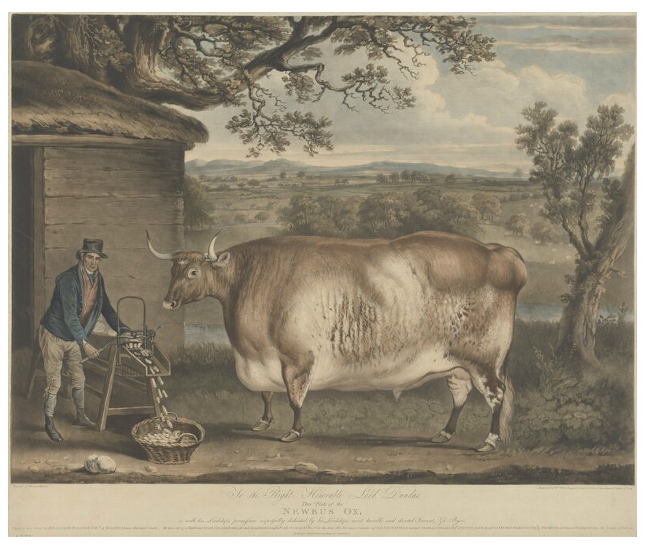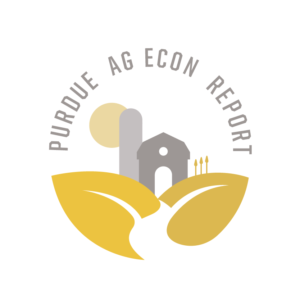A Gentle Critique of Agricultural Supply Theory
April 20, 2021
PAER-2021-5
Author: Mario Ortez, Ph.D. Student
Established Agricultural Supply Theory says that “In the very short run, by definition, the supply function (of agricultural products) is a vertical line” (Tomek and Robinson, 2003) or that it is perfectly inelastic -perfectly unresponsive to price changes-. What this means in lay terms is that the aggregate of farmers can not immediately alter their immediate supply to the market, given a price change. I propose that in fact, they can!
Tomek and Robinson (2003) discuss that the length of the very short run time period for an annual crop, is the crop year, and production cannot be changed until the next crop year. I believe that this definition of the supply curve, based on the biological cycle of production, may miss the marketing timing aspect. By way of an example, in the very short run, a sharp increase in live cattle prices, may indeed increase the supply of live cattle to the market in the immediate term. Ranchers can choose to market a higher number of steers and heifers, even maybe some of them that are not fully finished, and hence in the absence of the live cattle price increase, they would have otherwise stayed in the pens longer. Or in light of a decrease in live cattle prices, ranchers can choose to retain the heads that were supposed to be marketed in the very short run, feed them longer, and possibly market them shortly after. In a similar way, think of a corn farmer waiting a few more days to harvest, or a meat packer reducing the schedule kill as an immediate response to a price decrease. After all, don’t all of us farmers always hope that prices will go up?

William Ward (1812). The Newbus Ox. Yale Center For British Art. Public Domain
My argument here is not that suppliers can alter the supply indefinitely, but that they can certainly alter it, at least for a short while and that our theory does not reflect the reality of modern agricultural markets in this regard. Ranchers could wait to market their cattle another few weeks, grain farmers maybe a bit less. In any regard, our supply theory largely misses this possibility. As the editor of this article kindly noted, this possibility may call into question short run policy models that adopt a vertical supply function approach or perhaps the teaching of economic principals in the classroom, where students may recognize that this theory may not reflect the reality of the industry.
But let’s revisit our Supply theory for a little bit. For a corn example it says that if price for corn changes today, corn farmers can not alter their supply to the market in the very short run, can alter a little their supply to the market in the short run and lastly, can alter quite a bit their supply to the market in the long run. The theory accurately represents the biological nature of agricultural production, meaning that it takes time to plant a seed or raise a heifer. In this spirit, the theory was built to reflect that in the very short run, there is not time to do all those things, hence supply is fixed.
Maybe the theory resembles a world where suppliers are already physically in the marketplace with their product, that they have to sell their product then, and only then they know the price they would get, hence price changes in the very short run may have no effect on quantity supplied. However, in our modern world, suppliers access their prices from the comfort of their homes, or of their farms, and they make the decision to trade base on that.
Reference:
Tomek, William G & Robinson, Kenneth L., 1921- (2003). Agricultural product prices (4th ed). Cornell University Press, Ithaca, N.Y.
